The ability of artificial intelligence (AI) to create art is one of the most fascinating recent developments in AI. AI has made significant strides in recent years. Any type of visual or aural art produced with the aid of AI algorithms is referred to as artificial intelligence (AI)-generated art. From sculptures and paintings to poetry & music, this can encompass anything.
Key Takeaways
- AI-generated art is created using artificial intelligence algorithms and has been gaining attention in the art world.
- AI has the potential to revolutionize the art world by creating new opportunities for artists and challenging traditional notions of creativity and authenticity.
- The debate on authenticity and creativity in AI-generated art raises questions about the role of the artist and the value of human creativity in the art world.
- AI has the potential to evolve artistic expression by providing new tools and techniques for artists to explore and experiment with.
- Human artists will continue to play a crucial role in the art world, as their unique perspectives and creativity cannot be replicated by AI.
- AI-generated art has the potential to impact various industries, including advertising, design, and entertainment, by providing new ways to create and innovate.
- The future of art appreciation in the age of AI will likely involve a combination of human and AI-generated art, challenging audiences to reconsider their perceptions of creativity and artistic value.
Since AI challenges conventional ideas of creativity and authenticity, it has generated a great deal of interest and debate in the art world. Some see artificial intelligence (AI)-generated art as a revolutionary new medium for artistic expression, while others are concerned about how it will affect human artists’ jobs and the nature of art appreciation in the future. Artistic expression and creation now have more options thanks to the rise of AI-generated art. Massive data sets can be analyzed by AI algorithms, which can then spot patterns and trends that human artists might not notice right away. This can result in the production of creative, thought-provoking art that pushes the bounds of what is conventionally accepted as “art.”.
The nature of creativity & the place of human artists in the creative process are also called into question by the application of AI in art production. The impact AI will have on the art world & how it will influence artistic expression in the future must be taken into account as it continues to advance. Democraticizing the Creation of Art. Artificial intelligence (AI) has the potential to democratize art creation by increasing accessibility for a larger group of people. Artificial intelligence (AI) algorithms can help artists create new concepts, experiment with unusual methods, and explore various styles.
With the aid of AI, people who might not have had access to traditional art education or resources can now create & share their work, which may result in a more inclusive and diverse art community. doubts regarding value and authenticity. Concerns concerning the place of human artists and the veracity of artistic expression are also brought up by the growing popularity of AI-generated art.
| Artwork Title | Artist | Year | Medium |
|---|---|---|---|
| Abstract Composition #1 | AI Algorithm | 2023 | Digital |
| Colorful Shapes #2 | AI Algorithm | 2024 | Digital |
| Vibrant Patterns #3 | AI Algorithm | 2025 | Digital |
AI-generated art, according to some critics, lacks the personal connection and emotional depth found in art made by humans. They are concerned that the rise in artificial intelligence-generated art could diminish the importance of traditional artistic practices and devalue the creations of human artists. Ethical Considerations. The application of AI in the creation of art also raises ethical questions, such as those pertaining to intellectual property rights and the possibility of using AI-generated art for profit. Within the context of AI-generated art, the argument over authenticity and creativity is a complicated and divisive one.
Proponents of AI-generated art contend that AI algorithms are capable of creating unique and avant-garde works of art, proving that creativity is not limited to humans. They think AI has the power to question established ideas of creativity and push the limits of artistic expression. Also, they contend that artificial intelligence-generated art ought to be acknowledged and valued as a valid form of artistic production. The authenticity & emotional resonance of art produced by machines, however, are issues brought up by detractors of AI-generated art.
They contend that human artists have a special ability that AI algorithms cannot match to incorporate cultural influences, feelings, and personal experiences into their work. They fear that as artificial intelligence (AI) generates more and more art, artistic expression will become more homogenized, which will lessen the variety and depth of human-made art. The argument over authenticity & inventiveness in AI-generated art is further complicated by worries that AI algorithms could reinforce prejudices and stereotypes.
Traditional artistic practices and techniques have been reimagined as a result of the evolution of artistic expression through AI. Artificial intelligence (AI) algorithms are able to examine enormous volumes of data and spot patterns & trends that human artists might not notice right away. This may result in the production of avant-garde, provocative art that goes beyond the bounds of what is conventionally regarded as “art.”. AI has also made it possible for artists to experiment with new mediums and styles, obfuscating the distinctions between various artistic expressions. Also, AI may improve the interaction between humans and machines in the creative process, resulting in the creation of new hybrid forms of art that fuse AI and human creativity. Work that is genuinely original and revolutionary, questioning conventional ideas of authorship and artistic ownership, can be produced by a collaborative approach to art creation.
We can probably expect more developments in artistic expression as AI develops, opening up previously unthinkable avenues for creativity and invention. The role of human artists is evolving in a world where artificial intelligence (AI)-generated art is becoming more & more common. While there are those who worry that artificial intelligence will eventually completely replace human artists, others think that human creativity will always play a crucial role in the creative process. Artificial intelligence algorithms are unable to mimic the special capacity of human artists to incorporate cultural influences, sentiments, and personal experiences into their work.
This adds an emotional resonance and depth to human-made art that is hard to accomplish with AI-generated art. The ability to adapt & change with AI also allows human artists to use technology as a tool to further their creative process rather than as a substitute for their own skills. Human artists can push the limits of what is conventionally regarded as “art” and discover new avenues for artistic expression by embracing AI as a collaborator rather than a rival. Also, in order to ensure that technology is used responsibly & ethically in the pursuit of artistic innovation, human artists are vital in shaping the moral & ethical considerations surrounding the use of AI in art creation. revolutionizing advertising & design.
Marketing strategies that are more individualized and focused can benefit from the use of AI algorithms to help create visually stunning and powerful content that connects with audiences. These strategies can make use of AI-generated art to engage customers in innovative and creative ways. Transforming the Entertainment Industry.
By producing captivating interactive storytelling and immersive virtual experiences, artificial intelligence (AI)-generated art has the potential to completely transform the entertainment sector. AI-generated art also has applications in the medical and therapeutic domains, where visual and aural stimuli are vital to patient care and wellness. Improving Learning & Everything Else. Artificial intelligence (AI)-generated art has potential uses in education, where it can improve educational opportunities and encourage student creativity. The integration of AI-generated art into other industries is probably something we’ll see more of as AI develops, which will open up new possibilities for growth & innovation. The art world is very interested in & speculative about the future of art appreciation in the AI era.
There will probably be changes in the way audiences view, value, and consume art as AI-generated art becomes more common. By making art more inclusive and accessible to a larger range of people, the widespread use of AI-generated art has the potential to democratize access to art. New voices and viewpoints could contribute to the cultural landscape, resulting in a more vibrant and diverse art community. Concerns exist, nevertheless, regarding the potential effects on conventional forms of art appreciation of the growing popularity of AI-generated art. Some fear that the rise in artificial intelligence-generated art could cause human-made art to lose value & lessen the importance of conventional artistic processes.
In addition, there are moral questions related to matters like intellectual property rights and the possibility of using AI-generated art for profit. In order to ensure that all forms of artistic expression are valued and respected, it is crucial that we think about how we can promote a greater understanding and appreciation for both human- & AI-generated art as we navigate this new era of artistic expression. In conclusion, there is a lot of discussion and curiosity in the art world about the rise of AI-generated art. Some people believe that AI-generated art is a revolutionary new medium for artistic expression with endless creative possibilities, while others are dubious about how it will affect conventional ideas of authenticity & creativity.
As artificial intelligence (AI) opens up new avenues for artistic expression, it’s critical to think about how we can use technology to support rather than undermine human creativity. In this new era of artistic innovation, we can push the boundaries of what is conventionally considered “art” while guaranteeing that all forms of artistic expression are valued and respected by encouraging collaboration between human artists and machines.
If you’re interested in exploring the intersection of technology and art, you might want to check out this article on metaverse platforms and ecosystems in the art world. The article discusses how the metaverse is impacting the gaming industry and how it could potentially revolutionize the way we create and experience art. It’s a fascinating look at the potential future of AI-generated artwork and its impact on the art world. You can read the full article here.
FAQs
What is AI-generated artwork?
AI-generated artwork refers to visual art created with the assistance of artificial intelligence (AI) technology. This can include paintings, drawings, digital art, and other visual media that have been generated or enhanced using AI algorithms.
How does AI generate artwork?
AI generates artwork through the use of algorithms and machine learning techniques. These algorithms can be trained on large datasets of existing artwork to learn patterns and styles, and then generate new pieces based on this learned knowledge.
What are some examples of AI-generated artwork?
Examples of AI-generated artwork include paintings created by AI algorithms, digital art generated using neural networks, and even sculptures designed by AI programs. Some well-known examples include the “Edmond de Belamy” portrait created by the AI algorithm, and the “Portrait of Edmond de Belamy” sold at auction in 2018.
Can AI-generated artwork be considered as authentic art?
The question of whether AI-generated artwork can be considered authentic art is a subject of debate in the art world. While some argue that the creative input of the AI algorithm makes it a valid form of artistic expression, others believe that the lack of human intention and emotion detracts from its authenticity.
What are the implications of AI-generated artwork for the art world?
AI-generated artwork has the potential to disrupt traditional notions of artistic creation and authorship. It raises questions about the role of the artist, the value of originality, and the impact of technology on the creative process. Additionally, it may open up new possibilities for collaboration between human artists and AI algorithms.
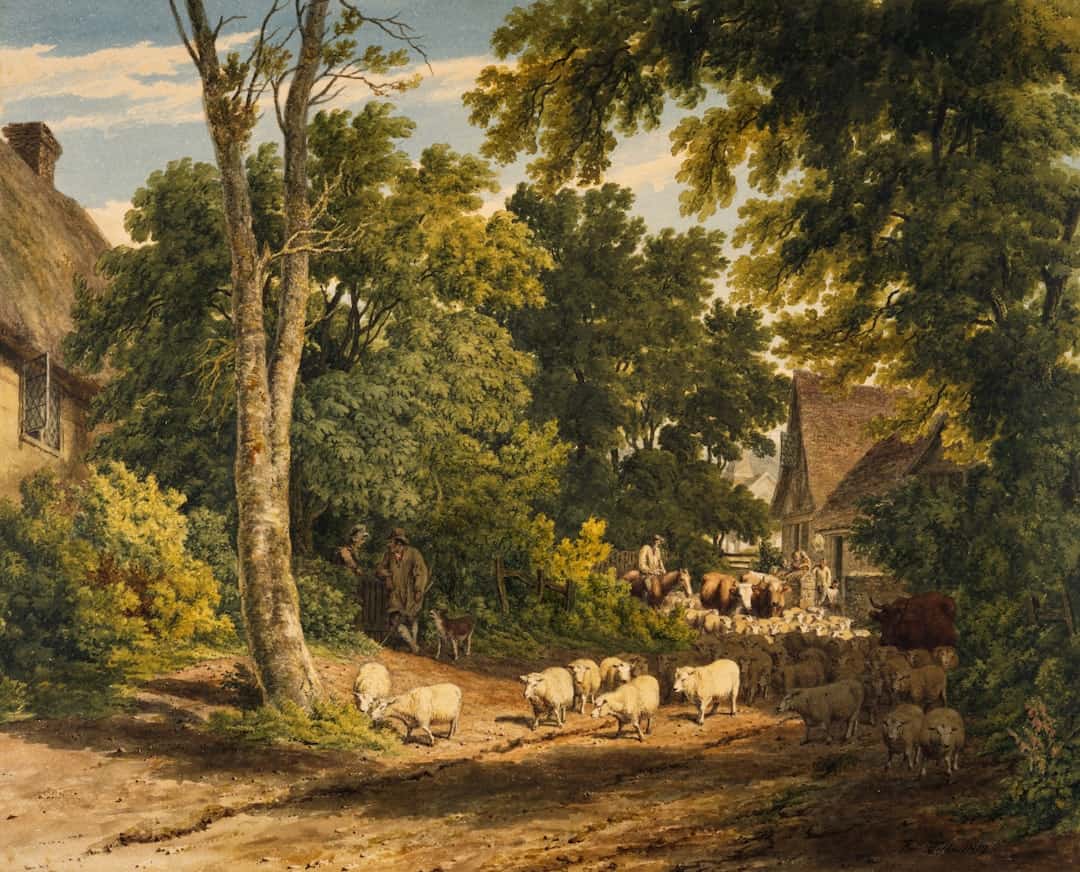


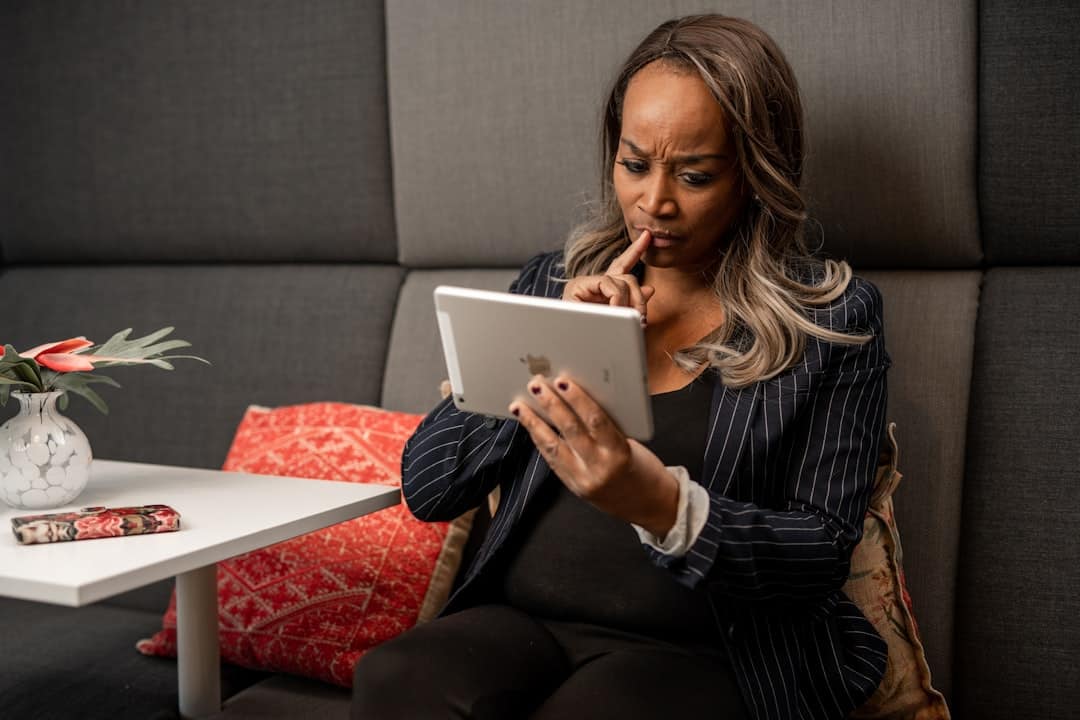
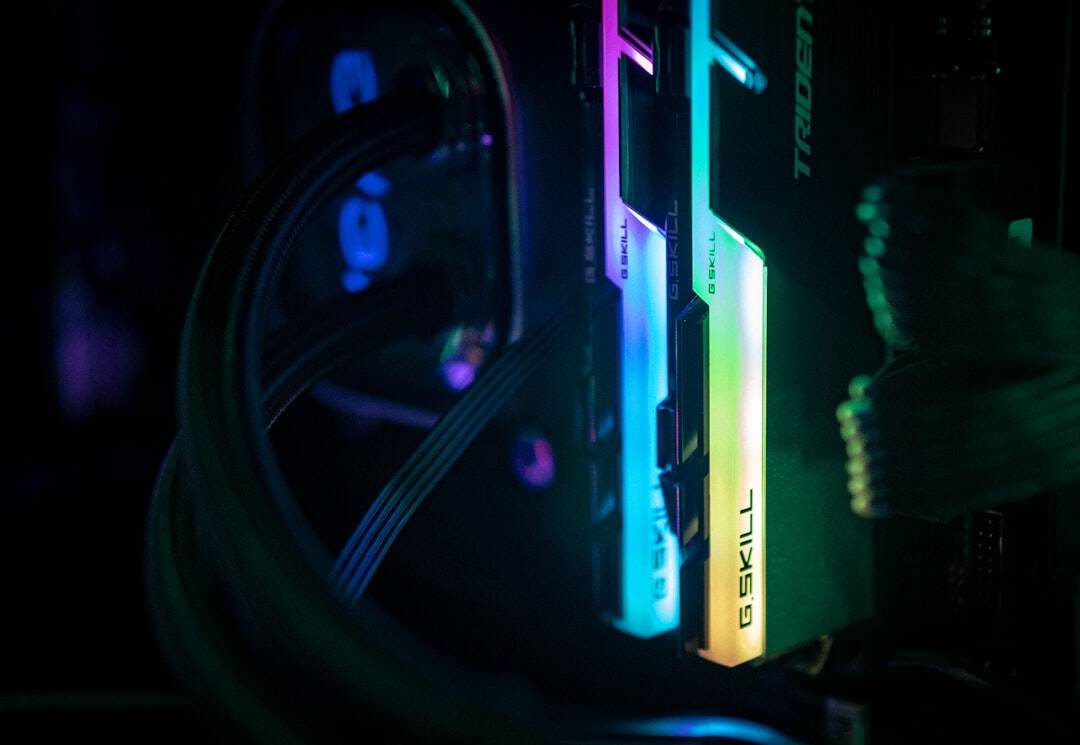




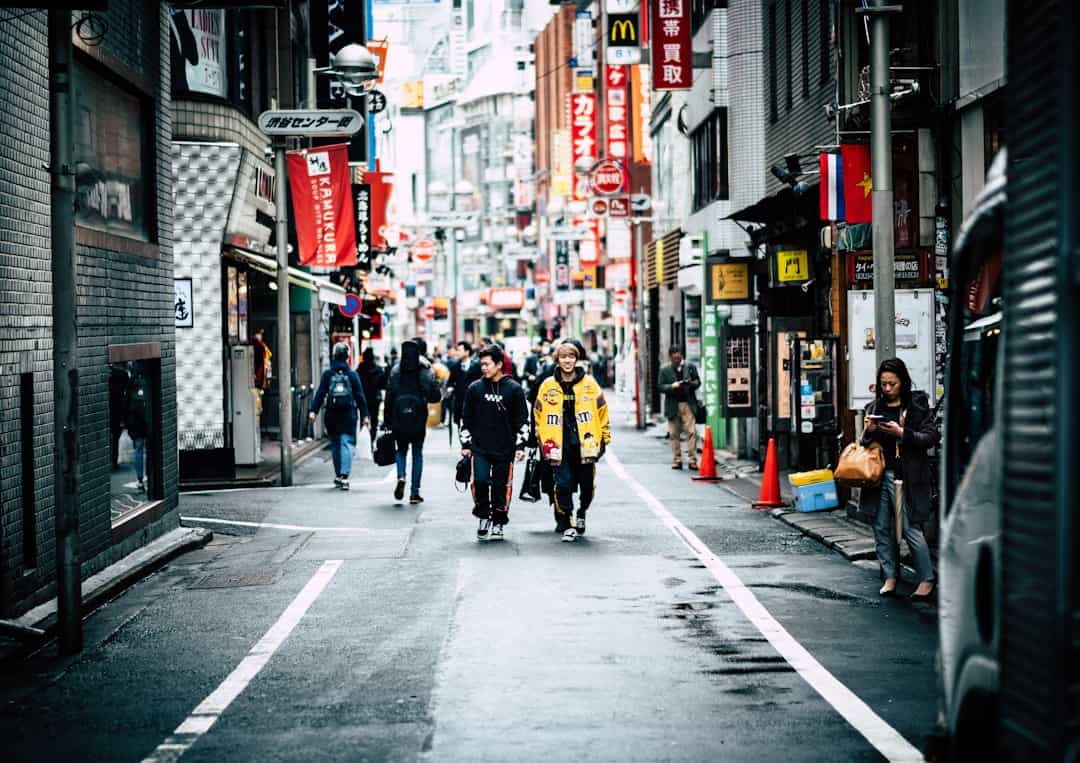
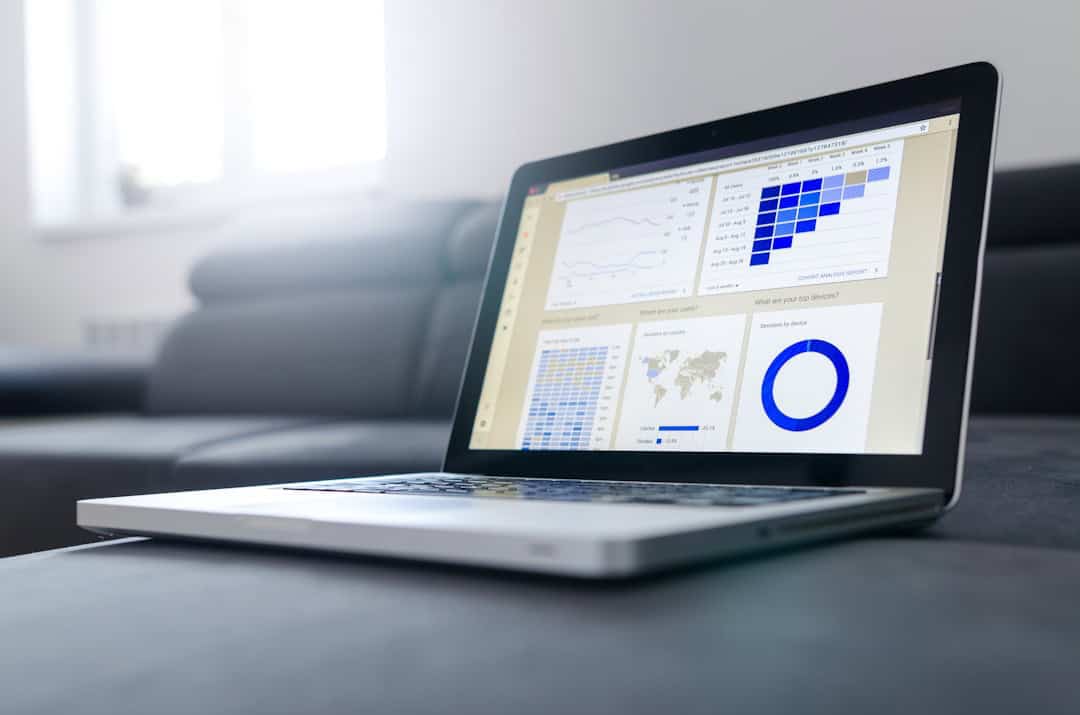
Leave a Reply